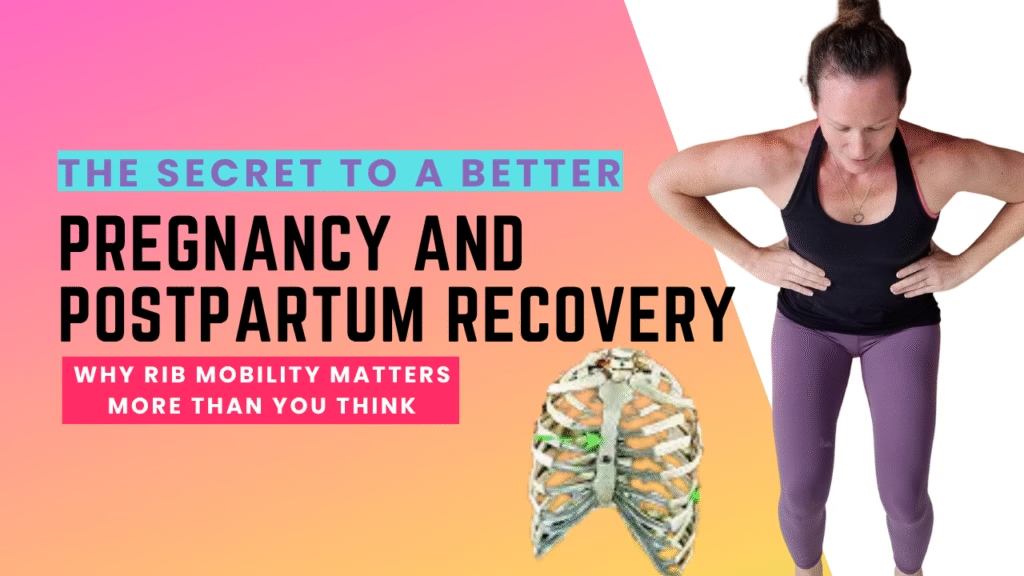
How Rib Mobility Supports Pregnancy & Postpartum Core Recovery
Most women don’t realize how much their breath, ribcage, and pelvis affect their core and pelvic floor recovery. Whether you’re pregnant or already postpartum, understanding this connection is the missing link to feeling strong again.
During and after my pregnancy, I prioritised ribcage mobility, and honestly, I believe it made all the difference. It helped me breathe better (when I felt like I was suffocating!), feel more supported, and recover more smoothly after birth.
I was able to return to the movement and activities I loved without feeling like my body was constantly holding tension or falling apart.
Fast forward a couple of years… I found myself in an entirely different kind of recovery. One I’m still navigating daily. After surgery to remove a desmoid tumor from my abdominal wall, I lost about 80% of my abdominal muscles.
What’s left is a mesh stitched into the remaining tissue, leaving me with:
- A permanent “gap” and lack of tension in the front of my core
- A lack of natural tension and stability
- Overcompensation in other muscles trying to pick up the slack
Ribcage Mobility for the Win
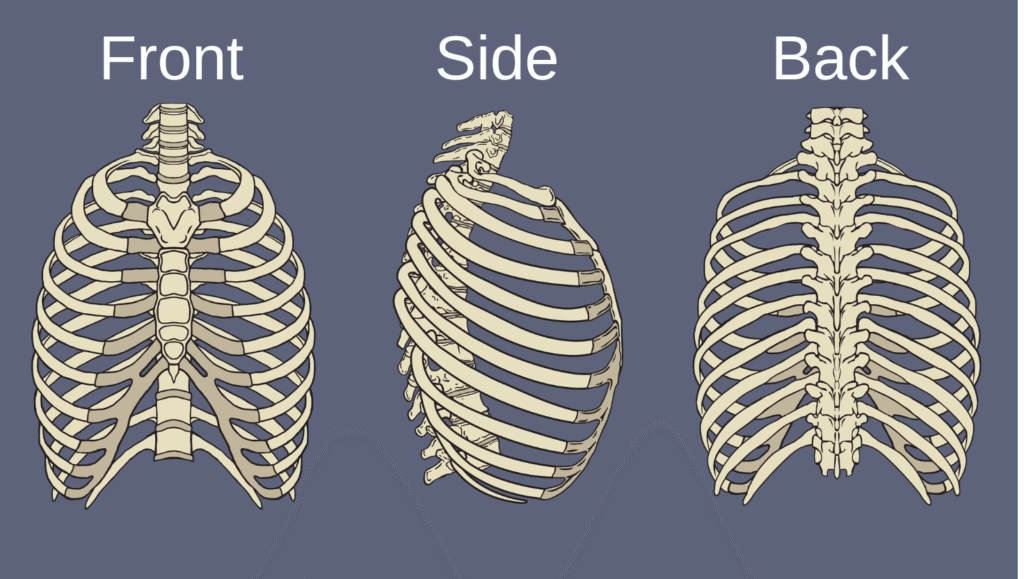
Credit to Vecteezy.com for the photo!
One of the biggest game-changers in how I move, feel, and breathe every day has been working on my ribcage mobility. It’s become non-negotiable. When my ribs and intercostals feel tight and overworked (which is often), I feel it everywhere: in my breathing, digestion, back, and even my mood.
Inadvertently, I am constantly gripping and squeezing my ribs down and in to create some sort of stability in my system.
The same is true for so many postpartum women I work with. Ribcage mobility is often the missing piece when it comes to:
- Healing core and pelvic floor symptoms
- neck and shoulder pain
- Back discomfort and breathing issues
It affects how we breathe, how pressure is managed, and how connected we feel to our core.
That being said, there’s a lot you can start doing even during pregnancy to support better recovery. From diastasis recti to pelvic floor discomfort, SI joint or lower back pain, these issues aren’t just about “weakness” or instability. They’re about how your body is organizing pressure, movement, and support.
And one of the most overlooked places to start is your ribcage.
How Rib Mobility Affects Intra-Abdominal Pressure
Your breath is your built-in pressure management system.
When it’s working well, pressure is evenly distributed throughout your torso, supporting your spine, core, and pelvic floor. But during and after pregnancy, this system often gets disrupted. Instead of spreading evenly, pressure can get pushed:
- down into the pelvic floor or
- out into the abdominal wall
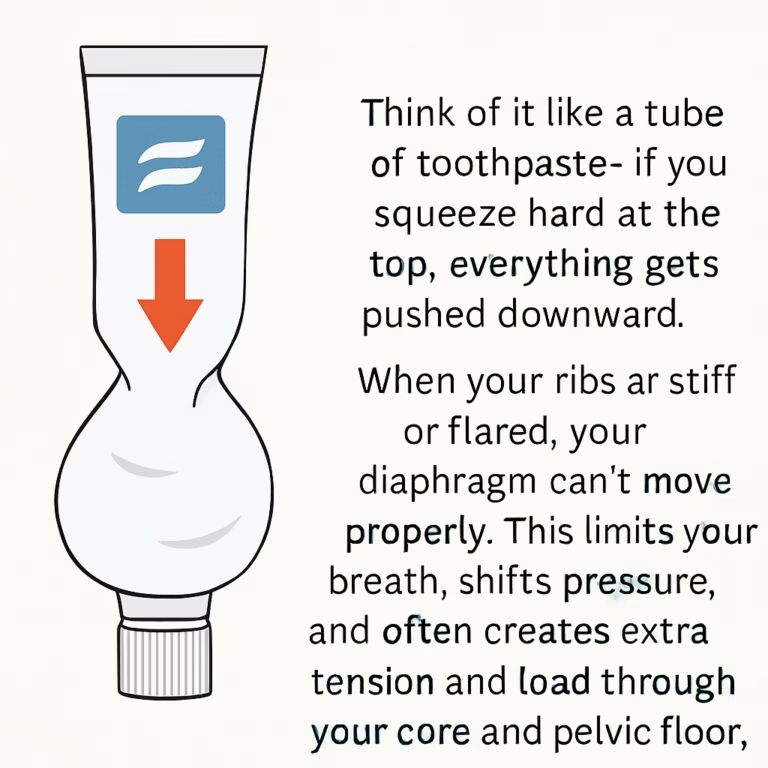
Why Ribcage Mobility Matters for Your Core & Pelvic Floor
Here’s the thing: your ribcage and pelvis are two ends of the same canister. What happens up top directly affects what happens below.
Think of it like a tube of toothpaste… if you squeeze hard at the top, everything gets pushed downward. When your ribs are stiff or flared, your diaphragm can’t move properly. This:
- limits your breath
- shifts pressure
- Creates extra tension and load through your core and pelvic floor
Your ribcage isn’t just there to protect your lungs — it’s a key player in how you breathe, move, and manage pressure in your body. When the ribs can expand and move well, your diaphragm has the space to work the way it should. This creates better balance through your core, reduces unnecessary strain, and helps your pelvic floor do its job more effectively.
Rib Mobility Influences Pelvic Pains
What we need is to spread the load. And ribcage mobility is a key part of that (though not the only one!). It influences:
- How well your diaphragm can function
- How efficiently you breathe
- How you regulate intra-abdominal pressure
- How your pelvic floor responds to load and movement
Quick Takeaway: Sometimes the best way to relieve pelvic pain is by not starting at the pelvis at all.
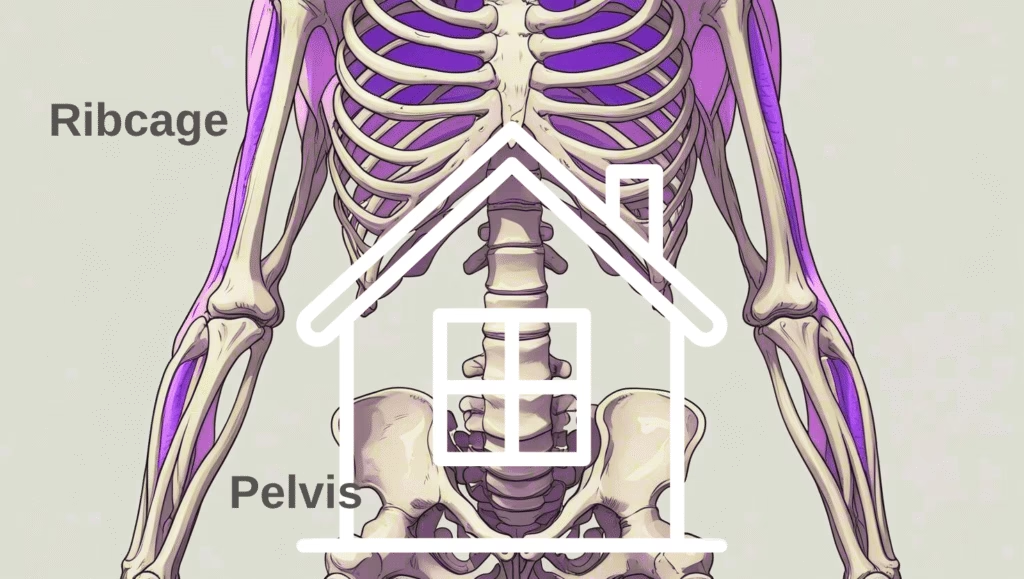
Stable Foundations: Your 'House'
Here’s another way to think about it:
- your diaphragm (and ribcage) are like the roof of your house
- pelvic floor is the ground floor
For the whole structure to be stable and functional, you need both. If it’s raining and there’s a leak, you fix the roof – you don’t just keep mopping the floor.
So if your only focus is your pelvic floor or lower core, you might be missing the bigger picture.
Breath and ribcage mobility help the whole system work together as it should.
The Effects of Poor Rib Mobility on Your Core and Pelvic Floor
During Pregnancy:
- Your belly grows, organs shift, and your ribcage flares
- Breathing becomes shallower
- Ribs stiffen to compensate for the lack of space
- This limits how well your diaphragm can move
Postpartum:
- You may not naturally regain rib mobility
- This impacts breathing, pressure management and core/pelvic floor function
- You may be stuck in a rib ‘flared’ position
Why This Matters:
Focusing on ribcage mobility during pregnancy creates space for baby, improves breathing mechanics, and reduces tension – making recovery smoother. Postpartum, it helps you reconnect your core and manage pressure – especially if you’re healing from diastasis, prolapse, or a C-section.
It supports stronger, more functional movement from the inside out.
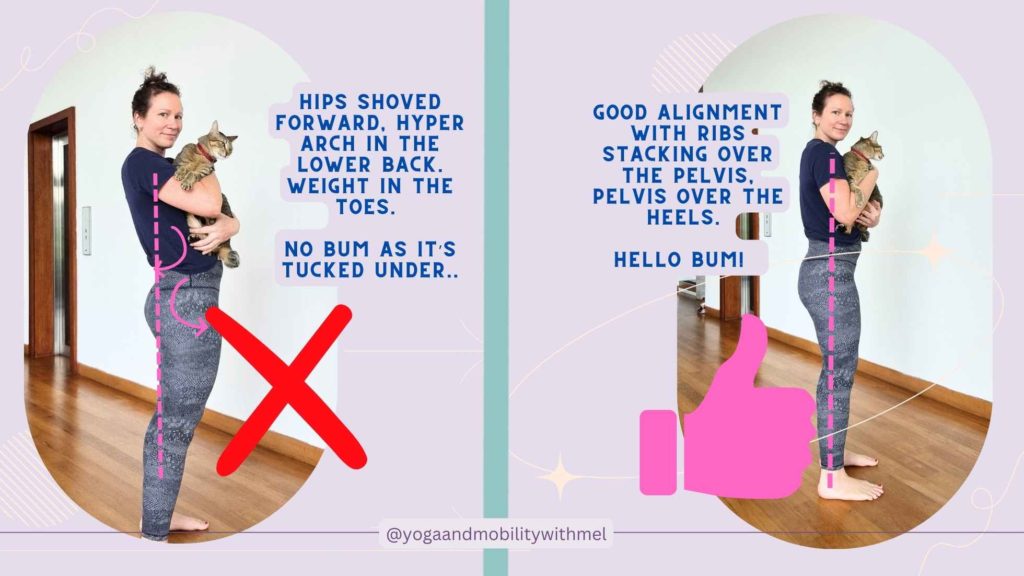
What Healthy Rib Movement Looks Like (and Why It Matters)
A big part of healthy 360° breathing is allowing your upper ribs and chest to move outward and upward – kind of like a fire hydrant pump. At the same time, the sides of your ribcage should lift up and out, similar to the handles of a bucket.
This movement:
- Creates space for full lung expansion
- Maintains balanced pressure through your core
- Takes load off your abdominal connective tissue (linea alba)
Why The Sides and Back Matter!
Tip: Don’t forget about the sides and back of the ribcage – they’re often the the overlooked missing link!
Your ribcage is front and back, along with breathing, which happens not just in the front of the body, but the back and sides too. Free up this space to take load off the tissue below.
This is important for supporting and preventing excessive diastasis recti, or separation of the linea alba tissue. (Side note: all women will have some degree of diastasis at birth.)
How Rib Position Affects Your Core
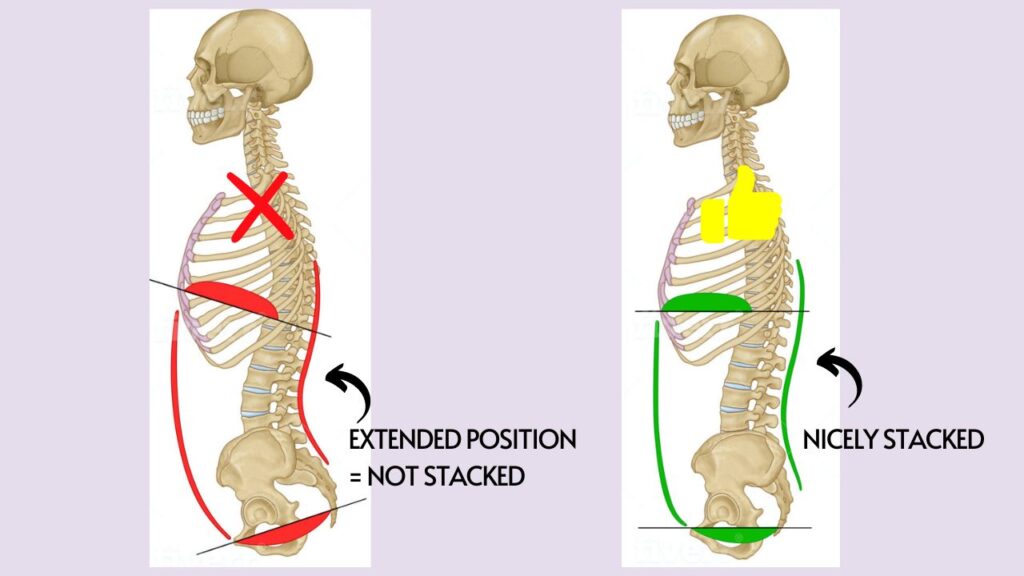
Getting a good “stack” ribcage gently over the pelvis, is key. Think Lego blocks stacked on top of each other. I go into far more detail on that
➡️ how to fix your ‘mom’ butt.
Without that, many women grip through their upper abs to feel “stable.” But this only adds more downward pressure onto an already struggling system.
Try this instead:
🌿 Stretching up and out through the ribs
🌿 Breathing into your sides and back
🌿 Gently stacking the ribcage over the pelvis, rather than forcing it down
🌿 Think a small tuck of the pelvis under (not a big grippy squeeze forward)
This helps reconnect your core and pelvic floor without overloading them.
Simple Ways to Restore Rib Mobility (and Improve Core Connection)
Inverted 360° Breathing (Back Body Focus)
This helps wake up the posterior ribcage and release tension in the upper back. Being inverted also minimizes belly pressure and makes it easier to access true 360° expansion – front, sides, and back.
Side Body Stretch + Breathing
Targets the lateral ribs, obliques, and intercostals. This encourages those “bucket handle” ribs to open and move more freely, which many people lose during pregnancy or after years of shallow breathing.
Half Kneeling Wall Side Stretch (with Arm Press)
A full-body move that integrates breath, posture, core control, and shoulder stability. Pressing into the wall adds resistance, activating deep core and lateral lines.
BONUS: Adductor Rockback + Thoracic Rotation
Opens up inner thighs and hips while encouraging mid-back rotation. This movement enhances thoracic mobility, which directly supports rib movement and pelvic floor balance.
Need More Help?
Download my free 5-Minute Reset Guide – reduce tension, aches and help you to reconnect with you body.
💻 Want personalized support?
Book a 1:1 online session and let’s explore what your body truly needs.
Book in a time with me here.
Tags
